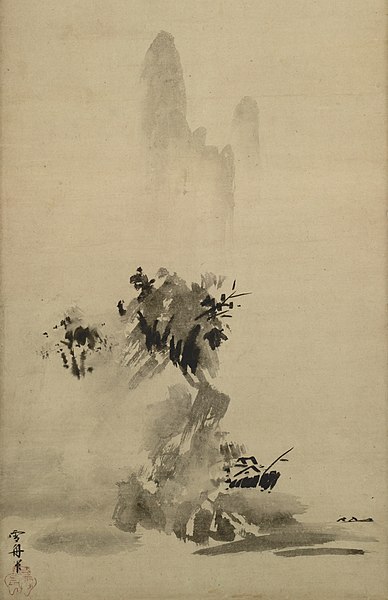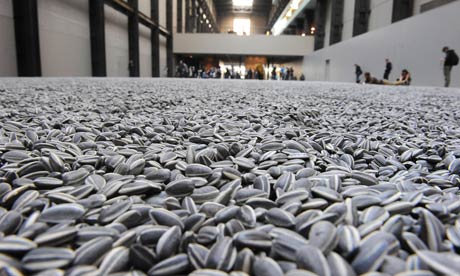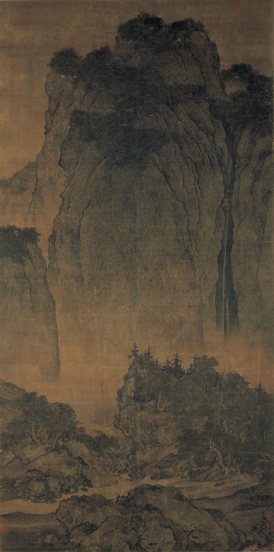Choose any three of the following questions and answer each in a brief paragraph. Use your own words. As always I will be reading your answers for accuracy, depth, and clarity. Answers are due at class time on Wednesday, April 4.
1. The Soldiers from the First Emperor's Tomb: what were they made of? how were they made? what's interesting about that?
2. Night-Shining White: what is this painting for? what message does it send?
3. Night-Shining White: why do you paint something white using black ink?
4. Calligraphy: what's the relationship between painting and calligraphy in Chinese art?
5. Travelers Amid Mountains & Streams: why is there no focal point in this painting?
6. Sunflower Seeds: why sunflower seeds? why not real sunflower seeds?
Friday, March 30, 2012
Thursday, March 29, 2012
Japanese Zen Gardens
Although we could look at many web pages, we can do the job very well with just this one: The Japanese Garden — created by Clifton C. Olds, Professor of Art History Emeritus at Bowdoin College in Maine.
I encourage you to look through the whole thing, but in class we will focus on two gardens:
Daisen-in and Ryoan-ji. The Zen Garden at Ryoan-ji (shown above) is probably the most recognizable and important works of art ever made.
For Ryoan-ji you can also consult the official site, the Wikipedia article, and this site from Columbia University.
Tuesday, March 27, 2012
Japanese painting: Haboku "Broken Ink" style
Zen Buddhism had an important influence on Japanese painting during the Muromachi period. Zen is a form of Mahayaana Buddhism which developed in China and later flourished in Japan. It is NOT a matter of chilling out and being passive; it does involve spontaneity, but only in contrast to great discipline.
"Zen Buddhism’s emphasis on simplicity and the importance of the natural world generated a distinctive aesthetic, which is expressed by the terms wabi and sabi. These two amorphous concepts are used to express a sense of rusticity, melancholy, loneliness, naturalness, and age, so that a misshapen, worn peasant’s jar is considered more beautiful than a pristine, carefully crafted dish. While the latter pleases the senses, the former stimulates the mind and emotions to contemplate the essence of reality. This artistic sensibility has had an enormous impact on Japanese culture up to modern times."Zen had a huge influence on Japanese art, as we'll see. It meshes very well with the Shinto aesthetic. But the best place to begin is with paintings like the one above by Sesshu Toyo, a Buddhist monk, using the Haboku (or "Broken Ink") style.
Japanese Painting: yamato-e
yamato-e ("Japanese-Style") painting
- a complete edition of Genji with woodcut illustrations by Harumasa Yamamoto
- "1000 Years of Genji" (Japan Times)
- a 1987 anime of Genji (14 eps MLYT)
Friday, March 23, 2012
Ameratsu Shrine at Ise (Ise-Jingu)
Websites and Movie Links
- Ise Jingu official site (in English though)
- "anime" introduction for children (^_^) -- slow but good information
- Wikipedia article on the Ise Grand Shrine
- useful page by Chris Witcombe of Sweetbriar College
(I know the guy is pretty odd but the info is good)
Sunday, March 18, 2012
Study Questions for "Spirited Away"
- look for examples (people, places, images) of the following categories and consider the ways in which they relate to each other (conflict, contrast, alignment):
- old / traditional Japan
- new / Westernized Japan
- the natural world of Japan
- How does the film portray power? What (people, places, images) in the world of the film seem most powerful? What kinds of power are there?
- How does the film portray beauty? What (people, places, images) in the world of the film seem most beautiful? What kinds of beauty are there?
- How does the film portray sadness? Is sadness a flaw or a strength?
- Why is the film's main character a young girl? Why does she have more than one name?
Thursday, March 15, 2012
Ai Weiwei : Sunflower Seeds
 |
| Ai Weiwei "Sunflower Seeds" |
Ai Weiwei is one of the most famous artists in the world today.
One of his most famous pieces is the installation "Sunflower Seeds" which was on display in the Tate Modern Gallery in London from October 2010 to May 2011. The installation was composed of 100 million hand-painted porcelain replicas of sunflower seeds. To understand the meanings behind this installation, as well as to get an idea of its power as "one work of art made of one hundred million works of art" you should watch the videos below.
Monday, March 12, 2012
Chinese Painting III
Chinese Painting II
 |
| Zang Zeduan Detail: "Along the River During the Qingming Festival" (Song dynasty): Bridge |
| Zang Zeduan "Along the River During the Qingming Festival" (Song dynasty) [Please click HERE to examine the entire scroll] |
Article on this painting at Wikipedia HERE
To "read" a Chinese painting is to enter into a dialogue with the past; the act of unrolling a scroll or leafing through an album provides a further, physical connection to the work. An intimate experience, it is one that has been shared and repeated over the centuries. And it is through such readings, enjoyed alone or in the company of friends, that meaning is gradually revealed.
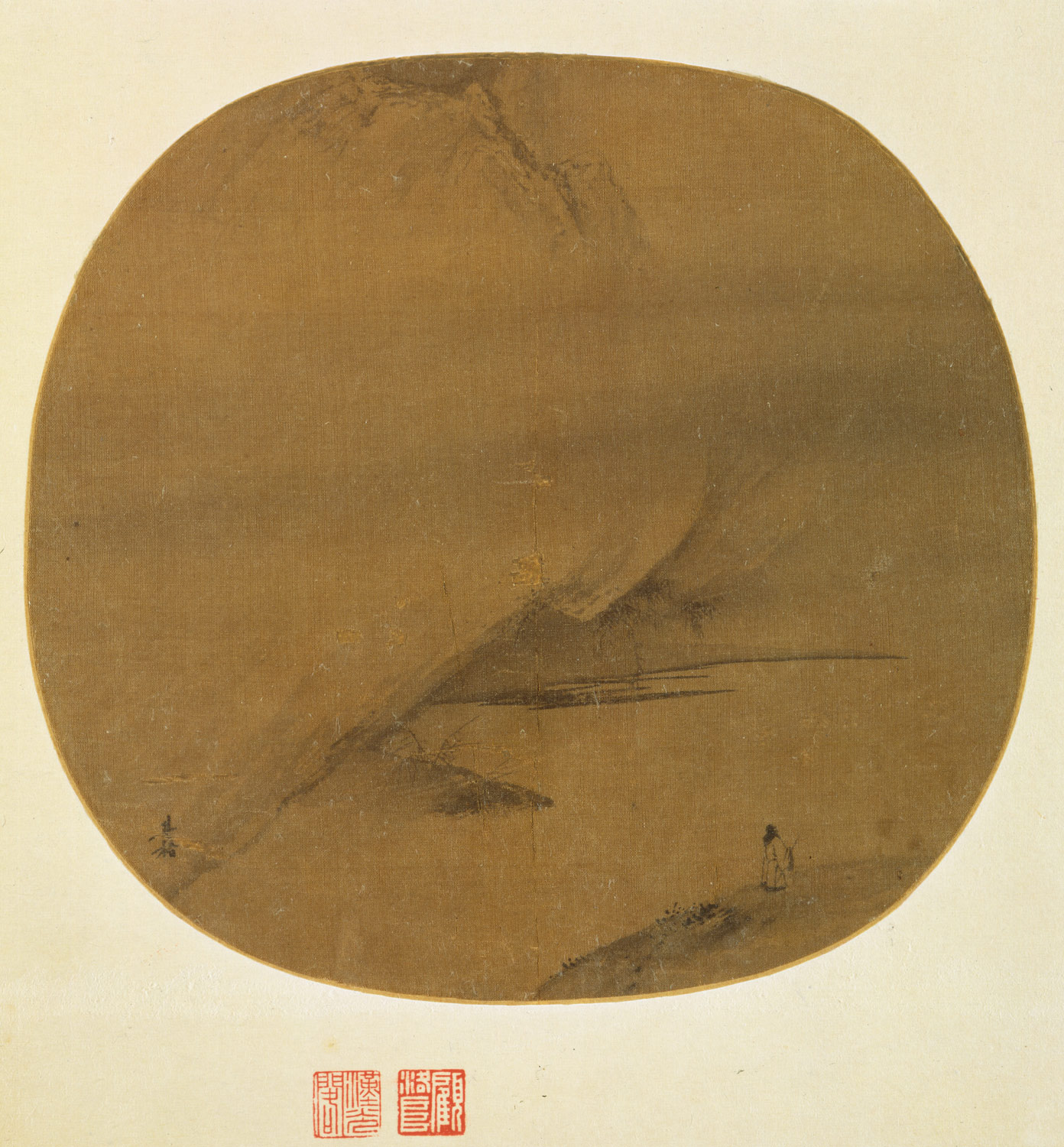 |
| Liang Kai: Poet Strolling by a Marshy Bank |
Thursday, March 1, 2012
Chinese Calligraphy
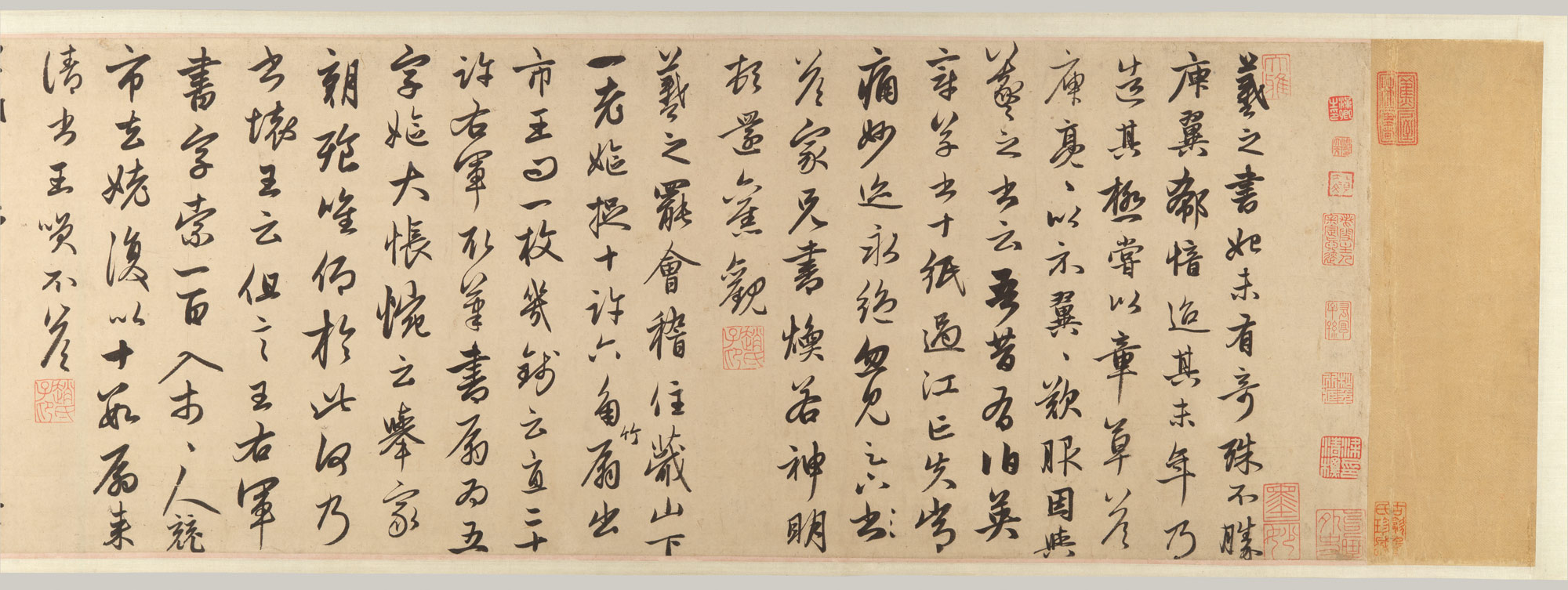 |
| Zhao Mengfu: Four Anecdotes from the Life of Wang Xizhi |
Chinese Calligraphic Arts (Freer / Sackler)
Chinese Character Classification (Wikipedia)
Please watch all of this video
Shozo Sato demonstrates Calligraphy
at Northwestern University
As well as this one


